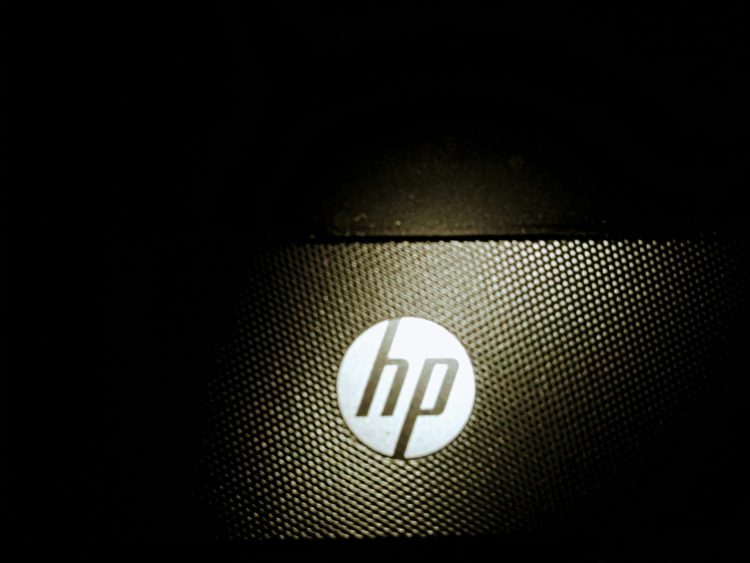For years, HP has been a household name in the PC market, offering a wide range of computers under distinct brands like Pavilion, Envy, Spectre, and Omen. These familiar labels catered to various needs, from budget-friendly options for everyday use to high-performance machines for creative professionals and gamers.
However, in a recent announcement, HP has shaken things up by completely revamping its PC lineup, ushering in a new era of streamlined branding and a focus on artificial intelligence (AI).
This is a major move for HP, potentially impacting how consumers navigate the company’s PC offerings. Let’s delve deeper into this revamp, exploring the new brand structure, the rationale behind the change, and what it means for future HP computers.
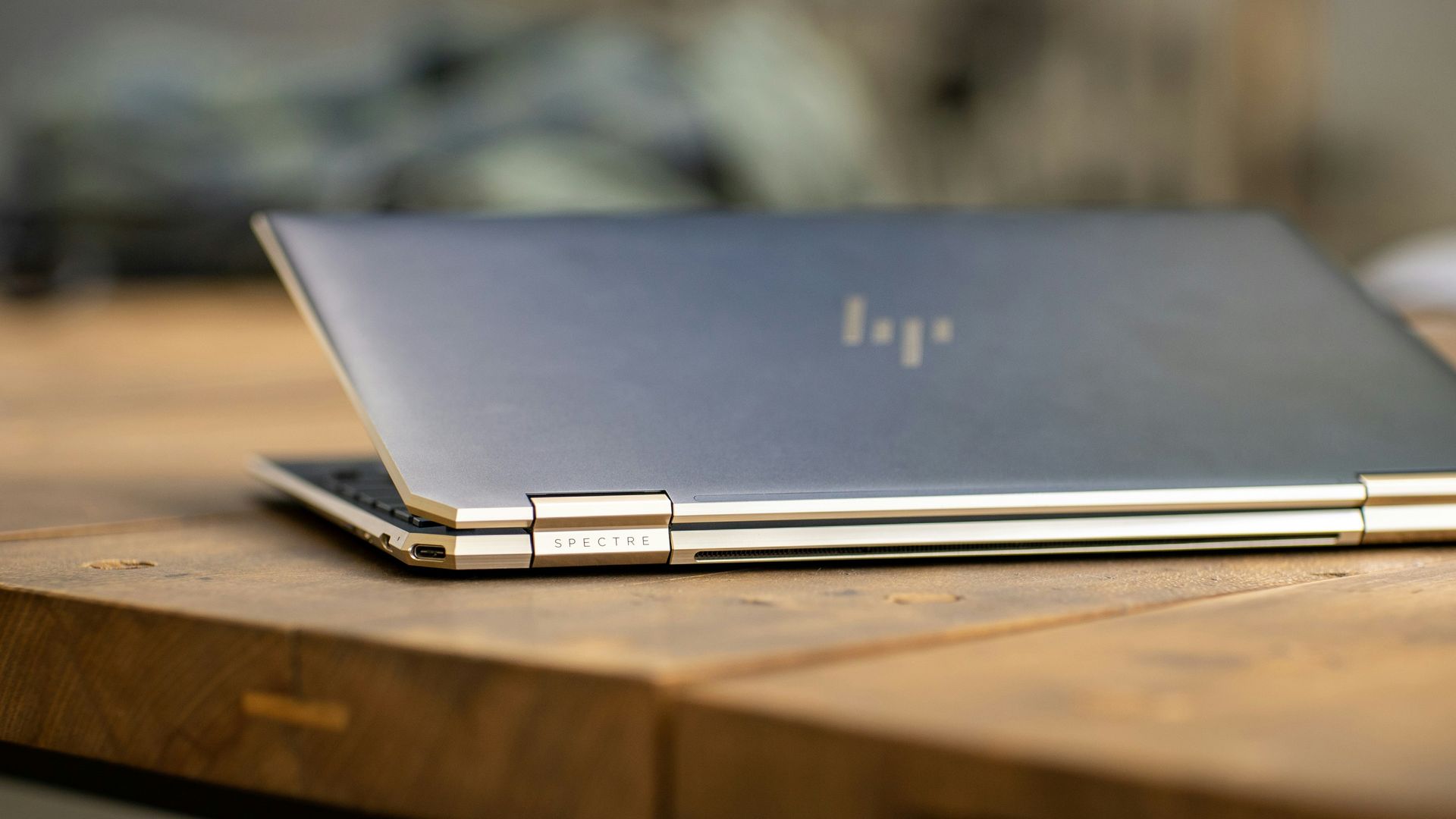
HP goes from many to two
Familiar names like Pavilion, Envy, and Spectre for consumers, and Dragonfly for businesses, are being retired. In their place, HP is introducing two main categories:
- Omni for consumers
- Elite for commercial users
These new brands mark the beginning of a broader expansion for HP. On the consumer side, the company plans to offer various forms and tiers within the Omni line, aiming to simplify customer selection. Notably, the popular Omen gaming PC brand remains untouched by this restructuring.
“Our research shows it takes customers 20 days to buy a PC,” explained Pierre-Antoine Robineau, HP’s vice president of consumer solutions to Digital Trends. “During this time, a third of customers delay or abandon their purchase, or worse, buy the wrong PC because they can’t identify the one that meets their needs”.
HP aims to address this with a clear naming structure. Here’s a breakdown:
- OmniBook: Laptops
- OmniStudio: All-in-one desktops
- OmniDesk: Tower desktops
Performance levels will be indicated by numbers (3 being the base, increasing to 5 and 7), with X representing the top tier and the unknown potential it holds. Additionally, “Ultra” will designate the highest-end models.
Robineau explained this structure allows each device to have a distinct value proposition and price point. For instance, a potential foldable device might be called the OmniBook X Fold or OmniBook Ultra Fold depending on its specifications.
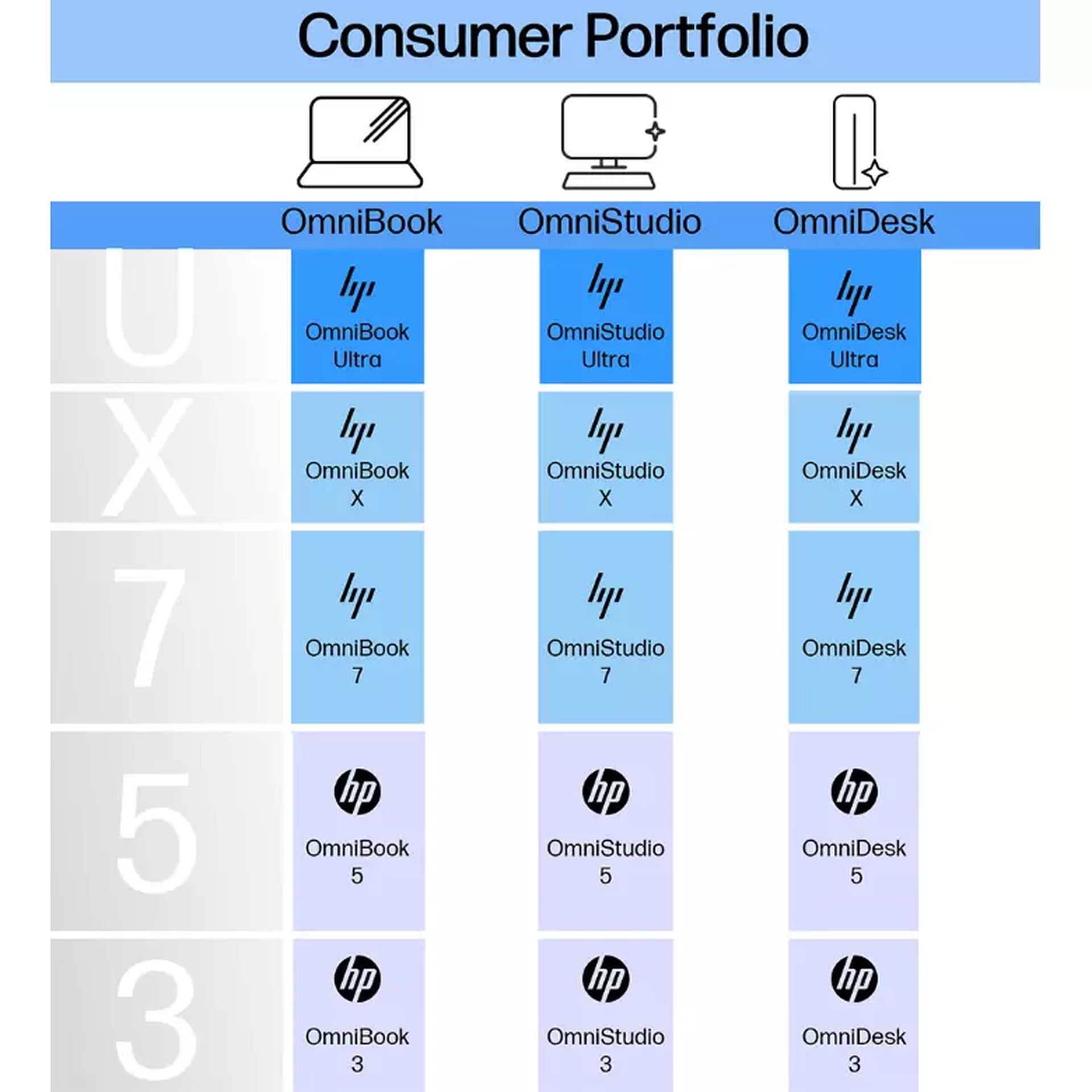
The commercial side will also see a tiered system, starting with Pro for channel-oriented customers and transitioning to Elite for enterprise users. The naming sequence for Elite products simplifies from numbers like 800 or 600 to single digits (e.g., 8 or 6).
The hierarchy progresses from 2 to 4, 6, 8, X, and Ultra. Odd numbers will designate Omni products, while even numbers signify Elite models. Generation updates for EliteBooks will follow a G-numeral system (G1, G2, etc.). Additionally, the branding will include a letter indicating the processor type (Qualcomm or AMD). For example, the recently announced EliteBook is officially named the HP EliteBook Ultra G1q.
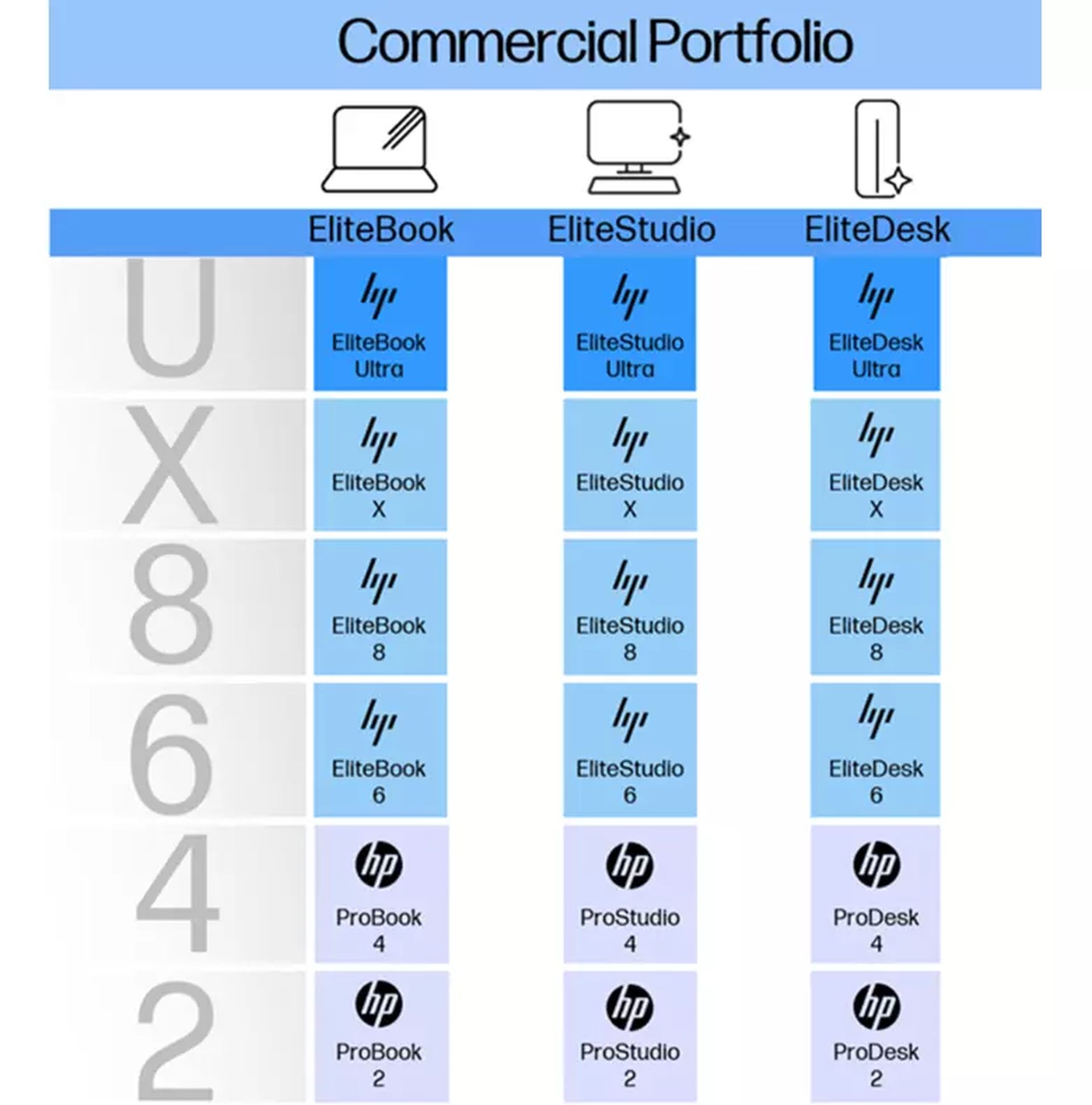
The age of AI
A unique element of the new design is the AI Helix logo, symbolizing the fusion of AI and DNA. HP intends to use this logo as an identifier for all devices and software designed for AI experiences.
The first models unveiled under the new branding, the OmniBook X AI PC and EliteBook Ultra AI PC, showcase the focus on AI. Both are powered by the Qualcomm Snapdragon X Elite processor with a dedicated Neural Processing Unit (NPU) capable of at least 40 trillion operations per second (TOPS). This enables them to handle various AI features based on large language models.
Several AI features are included in both Omni and Elite lines. The Poly Camera Pro offers conferencing, framing, background adjustment, and multi-camera functionalities without impacting battery life or CPU performance.
HP’s AI Companion, an on-device hub, allows users to perform personalized tasks and system-based functions. This GPT-based chatbot can summarize legal documents, analyze a PC, and generate personalized driver update schedules.
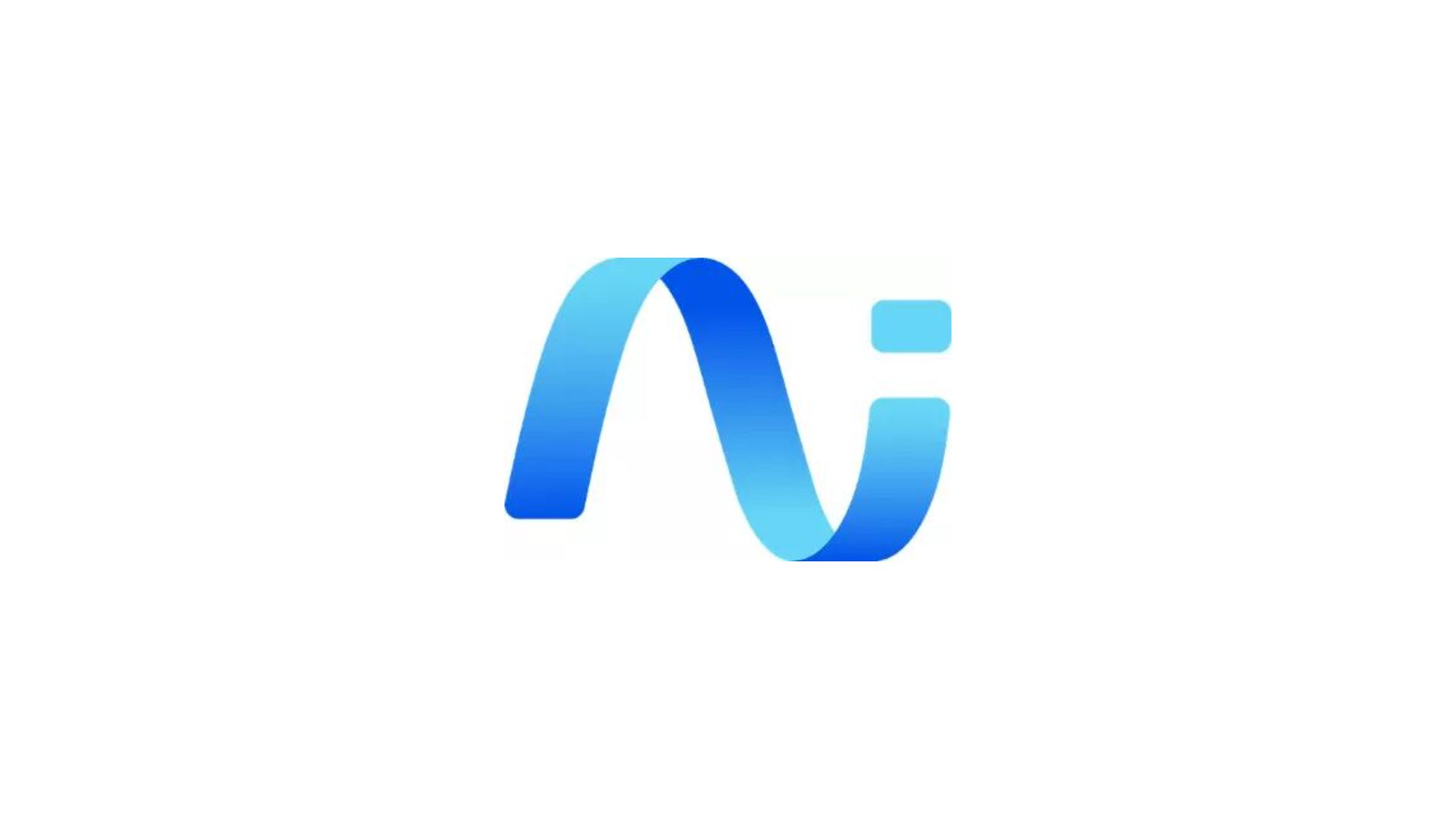
ARM takes over
HP claims the Snapdragon X Elite powering the OmniBook X and EliteBook Ultra outperforms the M3-equipped MacBook Pro in multi-thread performance benchmarks by 17%, thanks to their fan cooling systems. Both models boast exceptional battery life, exceeding a full day (26 hours) without needing a charge. They can handle over 12 hours of video calls, 20 hours of web browsing, and up to 22 hours of streaming, among other demanding tasks.
Here is a quick rundown of both of the newly introduced models:
OmniBook X AI PC:
- 14-inch 2.2K multitouch display (300 nits brightness)
- Up to 32 GB LPDDR5x dual-channel memory
- Up to 2 TB PCIe SSD
- 5MP IR camera
- Two USB-C ports, one USB-A port, 3.5mm audio jack
- Wi-Fi 7, Wi-Fi 6E, Bluetooth 5.4, Bluetooth 5.3, Modern Standby
- 3-cell, 59-watt-hour battery with 65-watt USB-C power adapter
- Windows 11 Home or Pro operating system
- Starts at $1,200 (1 TB storage model), available for preorder at HP.com, shipping begins June 18th
EliteBook Ultra AI PC:
- Display: 14-inch 2.2K touch display (300 nits brightness)
- Memory: Up to 32 GB LPDDR5x dual-channel memory
- Storage: Up to 2 TB PCIe SSD
- Camera: 5MP IR camera
- Ports: Two USB-C ports, one USB-A port, 3.5mm audio jack
- Connectivity: Wi-Fi 7 and Wi-Fi 6E
- Battery: 3-cell, 59-watt-hour battery with 65-watt USB-C slim power adapter
- Operating System: Windows 11 Home 64 Next Gen Premium or Pro 64 NextGen Premium
- Price: Starts at $1,700, available for preorder at HP.com, shipping begins June 18th
While the long-term success of this strategy remains to be seen, the launch of the OmniBook X AI PC and EliteBook Ultra AI PC is a big step for HP.
As HP unveils more details about its new product lines, we’ll gain a clearer picture of how the company plans to navigate this new market of AI PCs.
Featured image credit: Jayasahan Hansana/Unsplash

